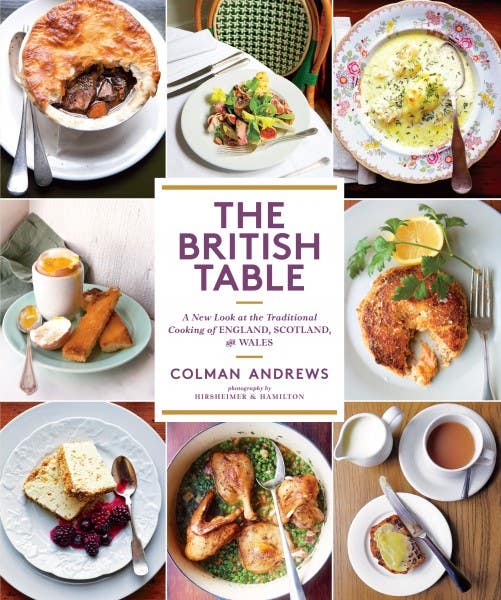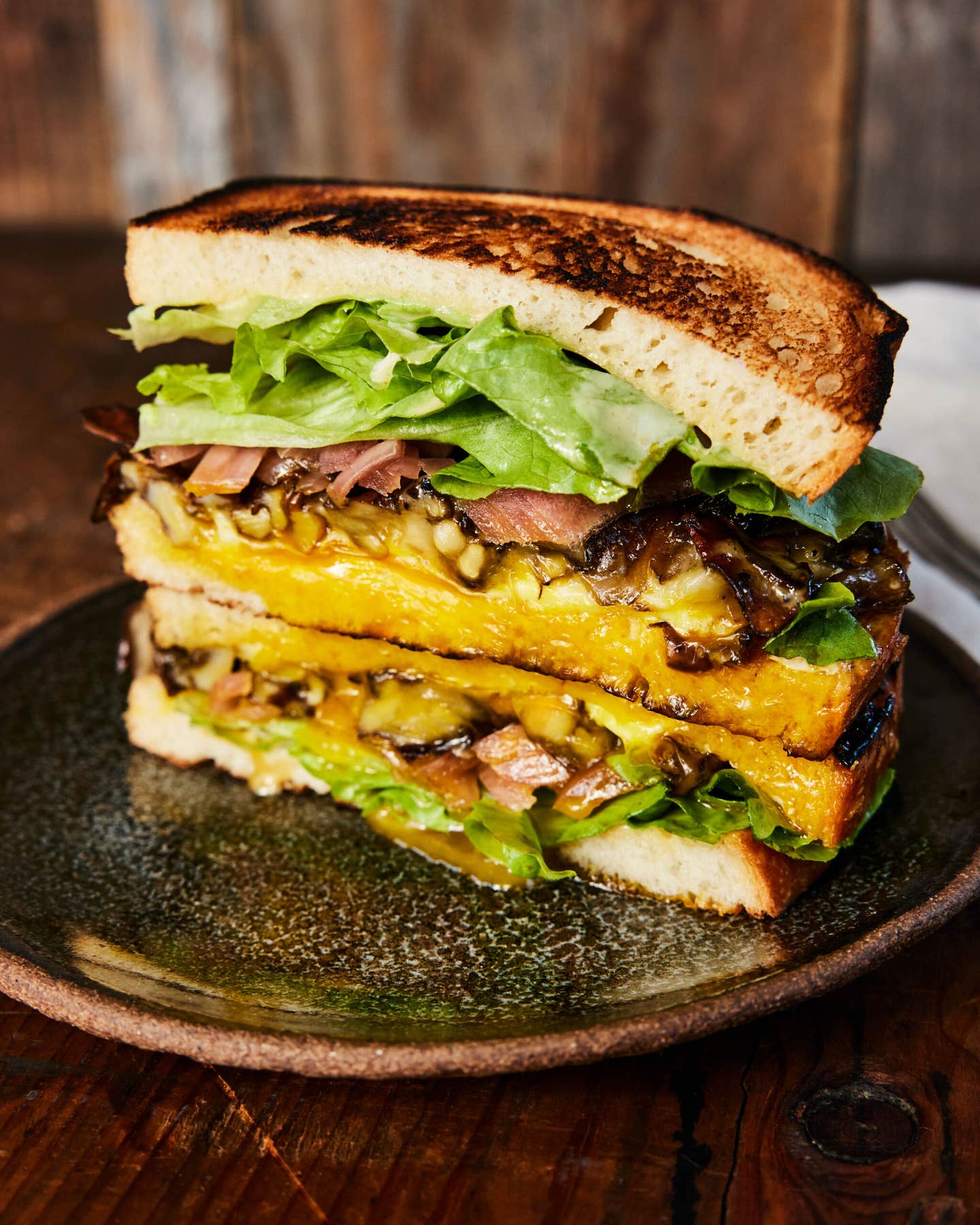
6 Regional Dishes That Could Only Come From the UK
The sun never sets on creamed sweetbreads and haggis pumpkin pie
The most common insult hurled against British food is that everything, from the vegetables to the meat, has been boiled to death, sapped of all flavor and joy. But once you move past the mushy pea stereotypes, it's easy to realize that real British cooking is anything but.
The history of British cuisine is long and storied, and if you go back far enough—think 43 CE, when the Romans brought over Mediterranean fare and new ingredients like cherries, pears, and fennel—the narrative of a changing food culture begins to reveal itself. That's the narrative that food writer (and SAVEUR founding editor) Colman Andrews explores in his new cookbook, The British Table: A New Look at the Traditional Cooking of England, Scotland, and Wales. Along with debunking the myth of bland British cooking, Andrews illustrates how British cuisine has changed over time, and how contemporary cooks are putting British cuisine on the map again.
In addition to modernized recipes from Great Britain, The British Table includes a few classic dishes that could really only exist in the UK. They range from creamed sweetbreads to deviled kidneys to a Scottish version of pumpkin pie flavored, because Scotland, with Haggis. Here are a few of those only-in-the-UK dishes for you to dig into.
Cullen Skink
Skink is a type of soup flavored with beef shin, or other types of meaty leg bones. This version of the funny-sounding soup is made with smoked haddock, or finnan haddie, as fish was more common in the place of the soup's namesake, the village of Cullen on Scotland's Moray Firth. Milk and clotted cream are heated, then fish trimmings are steeped to flavor the broth, which is served with broiled mashed potatoes, cubes of fish, and parsley.
Hindle Wakes
Hindle Wakes is an old hen stuffed with prunes, steamed, then served with lemon sauce. Traditionally, it comes from the Lancashire region, imported by Flemish weavers back in the 14th century. This dish, which calls for a stewing or boiling chicken, might be challenging for the home cook to recreate, but a large roasting chicken can be substituted if need be. Chicken is stuffed with chopped prunes and bread crumbs, placed in a rack in a large cooking pot, and steamed with lemony prune water.
Mince and Tatties
This dish almost plays out like a deconstructed Shepherd’s pie. Tatties—the Scottish word for potatoes—are served with a beef meatloaf-like preparation called a mince, in this case made with toasted oats, black pudding (blood sausage), and carrots. It's classical Scottish comfort food and the subject of several pieces of poetry.
Creamed Sweetbreads
Sweetbreads are the culinary name for a type of offal that comes from the thyroid gland of calves and lambs (and sometimes adult cows and pigs). Upscale chefs have done much in recent years to revive the glands' reputation, that's nothing compared to the British craze for them in the 18th and 19th centuries. Sweetbreads have a richer, sweeter taste than other parts of meat, and their natural creaminess takes well to a cream sauce with lemon, mustard, and parsley with a side of fried bread. As for the "bread" in sweetbread, it comes from the old English word for flesh, “bræd.”
Scottish Haggis Pumpkin Pie
Ask anyone about Scottish cuisine and invariably they’ll talk about haggis. The famous Scottish dish, which traditionally uses lamb’s heart, liver, and lungs, is now often made without the lungs as they're often hazardous to eat. Nonetheless, haggis remains an important element to Scottish cooking, proven by this recipe. A hybrid of sweet and savoury, this pie has a layer of haggis pressed into the pastry crust before pumpkin purée, beat with eggs, cream, and lemon zest, is spooned over top.
Deviled Kidneys on Toast
Kidneys on toast was once the hallmark of a gentleman’s breakfast, but is now often enjoyed as a late-night snack or as a main dish during dinner. Lamb kidneys are cooked in a piquant sauce of vinegar, mustard, tomato paste, and brown gravy, then spooned atop slices of toast.
Keep Reading
Continue to Next Story










